 DHI offers DHI Continuing Education Points to students completing this series of Allegion webinars in efforts to serve the membership, enhance the Continuing Education Program (CEP) and strengthen the relationship with a valued partner, Allegion. Students may use these training hours to satisfy DHI’s CEP requirements when participating in DHI’s CEP. Each one (1) Hour Allegion Technical webinar = Two (2) DHI CE Points.
DHI offers DHI Continuing Education Points to students completing this series of Allegion webinars in efforts to serve the membership, enhance the Continuing Education Program (CEP) and strengthen the relationship with a valued partner, Allegion. Students may use these training hours to satisfy DHI’s CEP requirements when participating in DHI’s CEP. Each one (1) Hour Allegion Technical webinar = Two (2) DHI CE Points.
Quick Links:
-
- Webinar 1 Recording – Code Changes Affecting Classroom Security
- Webinar 2 Recording – Panic Hardware – When, Where, and Why?
- Webinar 3 Recording – Introduction to the Code Requirements for Electrified Hardware
- Webinar 4 Recording – Decoded: Touchless Solutions for Healthy Environments
- Webinar 5 Recording – Decoded: Delayed Egress and Controlled Egress Locking Systems
- Webinar 6 Recording – Decoded: 2021 Model Code Update
- Webinar 7 Recording – Crash Course in Codes
~~~
Webinar 1: Code Changes Affecting Classroom Security
This webinar was presented on February 27th, 2020 – click here to view the recording.
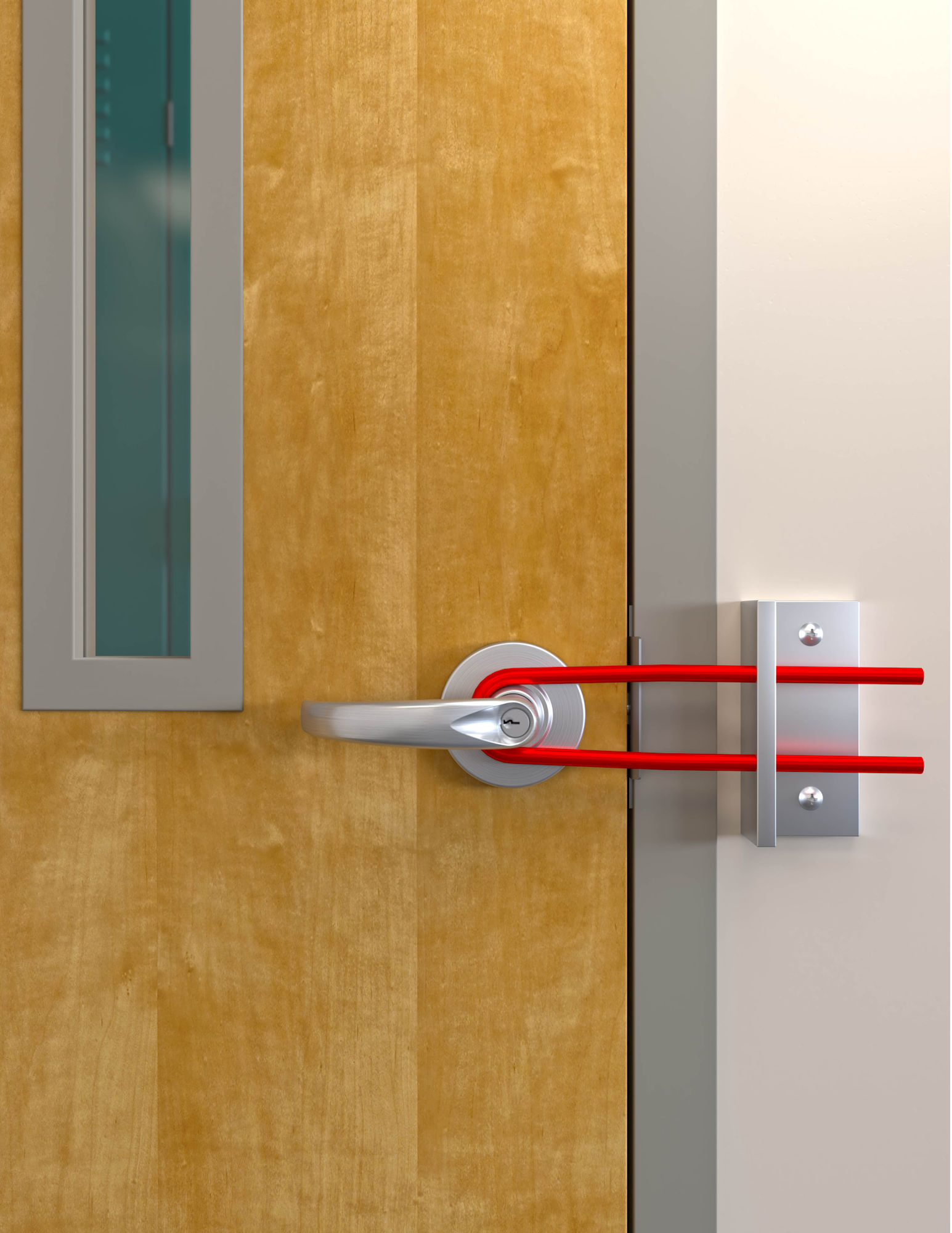 As school districts and higher-education facilities work to improve school security, it’s critical that the requirements of the model codes and accessibility standards are followed. The 2018 editions of the International Building Code, International Fire Code, and NFPA 101 – Life Safety Code, all include changes specific to classroom doors. A Tentative Interim Amendment was approved in 2019, which further modifies the 2018 edition of NFPA 101.
As school districts and higher-education facilities work to improve school security, it’s critical that the requirements of the model codes and accessibility standards are followed. The 2018 editions of the International Building Code, International Fire Code, and NFPA 101 – Life Safety Code, all include changes specific to classroom doors. A Tentative Interim Amendment was approved in 2019, which further modifies the 2018 edition of NFPA 101.
This webinar covers the requirements of the model codes and the ADA Standards for Accessible Design that apply to classroom doors. It includes information about state legislation that may also have an impact on security decisions, and other considerations that should be taken into account when selecting classroom security products.
Note: The live version of this webinar offered continuing education credits for AIA. The recording is not eligible for AIA credits, but does offer CEUs for DHI and ICC.
Additional Resources:
- Webinar 1 Slides Handout
- Webinar 1 Questions & Answers
- iDigHardware.com/School Security & Safety
- Door Security & Safety Foundation – LockDontBlock.org
- Classroom Security Fact Sheet
- Partner Alliance for Safer Schools (PASS) – guidelines, position paper on barricade devices
- Builders Hardware Manufacturers Association – school security page
- School Liability and the Law of Unintended Consequences
- Infographic – A Key to Safe Classrooms (classroom lock functions pros and cons)
- Lock Function Conversion Kits (video)
- NFPA 101-2018 TIA 1436 – Decoded article, links to NFPA documentation
- NFPA Report – Structure Fires in Schools
- Washington Post – School Shootings Are Extraordinarily Rare, Lockdown Drills – An American Quirk, Out of Control
- National Center for Education Statistics (NCES) – Indicators of School Crime and Safety
- FBI – Active Shooter Incidents in the United States
- More School Security Resources from Allegion
~~~
Webinar 2: Panic Hardware – When, Where, and Why?
This webinar was presented on April 16th, 2020 – click here to view the recording.
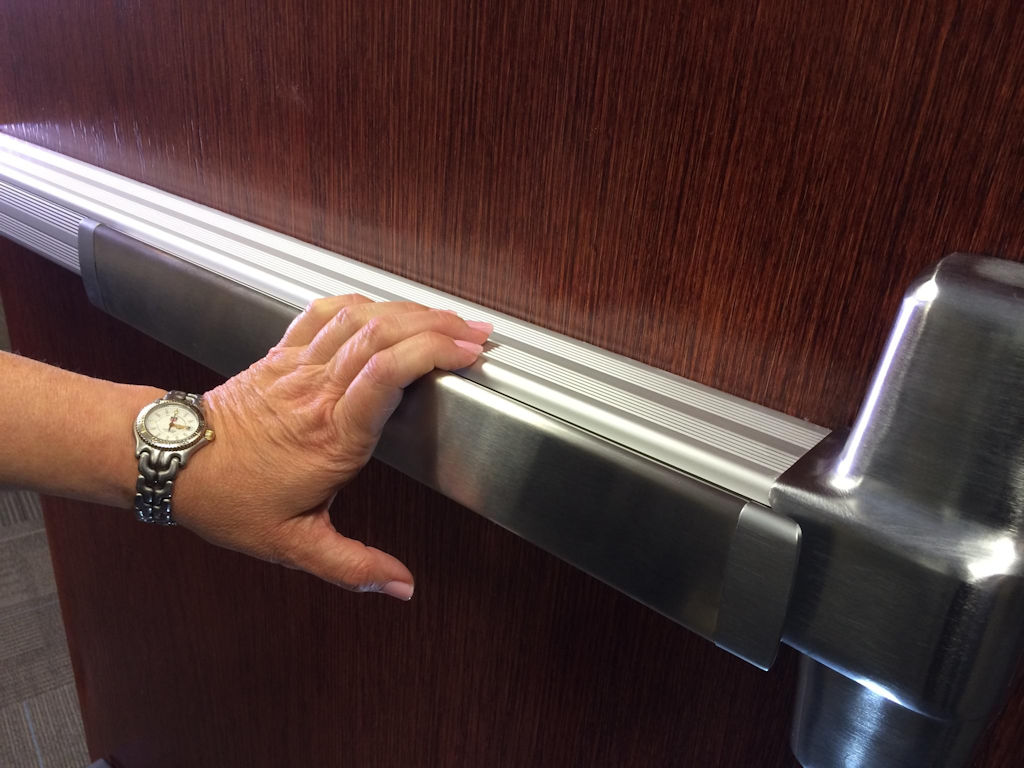 The model codes require panic hardware for locations that are subject to emergency egress for a high occupant load, and also for rooms housing certain types of electrical equipment. When panic hardware is required, there are additional mandates that must be followed regarding the operation of the hardware. Fire doors add yet another layer of requirements for this hardware, and there are also exceptions that apply in some locations.
The model codes require panic hardware for locations that are subject to emergency egress for a high occupant load, and also for rooms housing certain types of electrical equipment. When panic hardware is required, there are additional mandates that must be followed regarding the operation of the hardware. Fire doors add yet another layer of requirements for this hardware, and there are also exceptions that apply in some locations.
This webinar will explain when and where panic hardware is required, why it is used, and what other code requirements and exceptions need to be considered when selecting these devices. Code requirements for electrified options including access control, delayed egress, controlled egress, and electromagnetic-lock release will also be addressed. There will be time for Q&A at the end of the webinar.
Note: The live version of this webinar offered continuing education credits for AIA. The recording is not eligible for AIA credits, but does offer CEUs for DHI and ICC.
Additional Resources:
- Webinar 2 Slides Handout
- Webinar 2 Questions and Answers
- Articles on Historic Fires
- Video: The Story Behind Von Duprin
- Carl Prinzler – How it All Began
- Video: Panic Hardware Basics
- Video: Types of Panic Hardware
- Video: Where is panic hardware required by code?
- Know your codes: Panic Hardware
- Decoded: Panic Hardware Refresher
- Decoded: Panic Hardware Requirements for Rooms Housing Electrical Equipment
- Decoded: Operable Force for Door Hardware
- Decoded: Two Releasing Operations for Egress (TIA 1436)
- Decoded: Calculating the Occupant Load
- Decoded: Code Requirements for UL 294 – Standard for Access Control System Units
- Decoded: Double-Egress Pairs in a Health Care Occupancy
- Quizlet: NFPA 101 Occupancy Classifications
- Quizlet: IBC/IFC Use Groups
- Security Sales & Integration – Panic Hardware from an Access Control Perspective
- QQ: Field Preps for Auxiliary Fire Pins
~~~
Webinar 3: Introduction to the Code Requirements for Electrified Hardware
This webinar was presented on June 18th, 2020 – click here to view the recording.
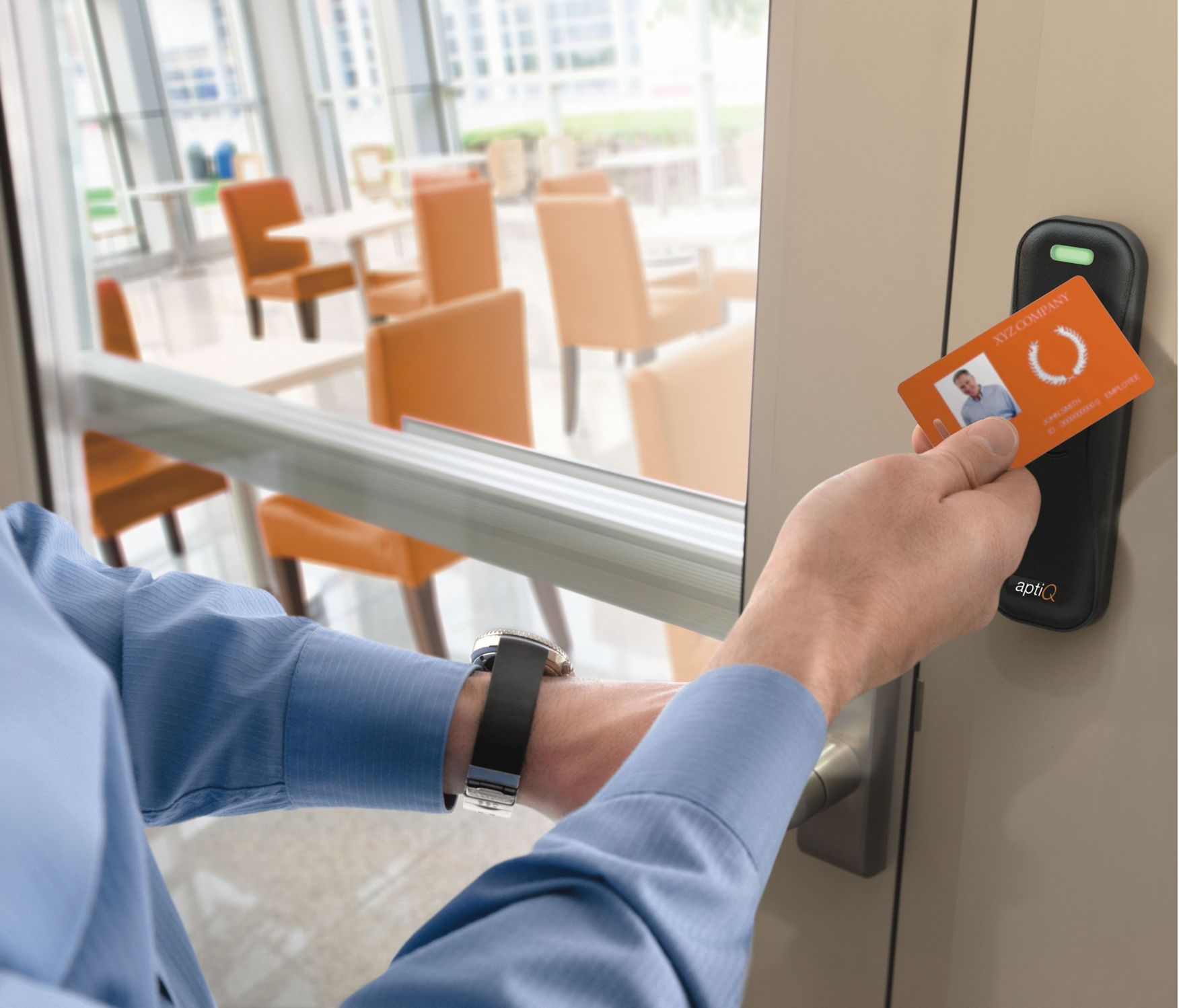 The model codes that are widely used in the U.S. include sections addressing various applications for electrified hardware and access control systems. The code requirements differ depending on the type of system and the adopted code. This webinar will be the first in a series related to electrified hardware, covering the types of hardware and how the codes may affect them.
The model codes that are widely used in the U.S. include sections addressing various applications for electrified hardware and access control systems. The code requirements differ depending on the type of system and the adopted code. This webinar will be the first in a series related to electrified hardware, covering the types of hardware and how the codes may affect them.
How do you know whether to choose a fail safe or fail secure lockset? What’s the difference between controlled egress and free egress locks? Are you confident that you’re specifying, supplying, or installing code-compliant systems? This webinar will help fill in the gaps. There will be time for Q&A at the end of the webinar.
Note: The live version of this webinar offered continuing education credits for AIA. The recording is not eligible for AIA credits, but does offer CEUs for DHI and ICC.
Additional Resources:
- Webinar 3 Slides Handout
- Webinar 3 Questions & Answers
- Allegion Code Reference Guide (electrified hardware article pages 34-37)
- Video: Intro to Codes
- Video: Intro to Electromechanical Locking Hardware
- Video: Fail Secure vs. Fail Safe
- QQ: Electric Latch Retraction and UL 294
- QQ: Monitored or Recorded Egress
- WW: Push Button to Exit
- Decoded: NFPA 72 on Access Control (battery backup)
- New: Maximum Hole Size for Job-Site Preps
- Locksmith Ledger: Electromagnetic Locks – 7 Applications and the Codes That Apply
After the webinar, the recording will be available here but will not be eligible for continuing education credits where provider reporting is required.
~~~
Webinar 4 – Decoded: Touchless Solutions for Healthy Environments
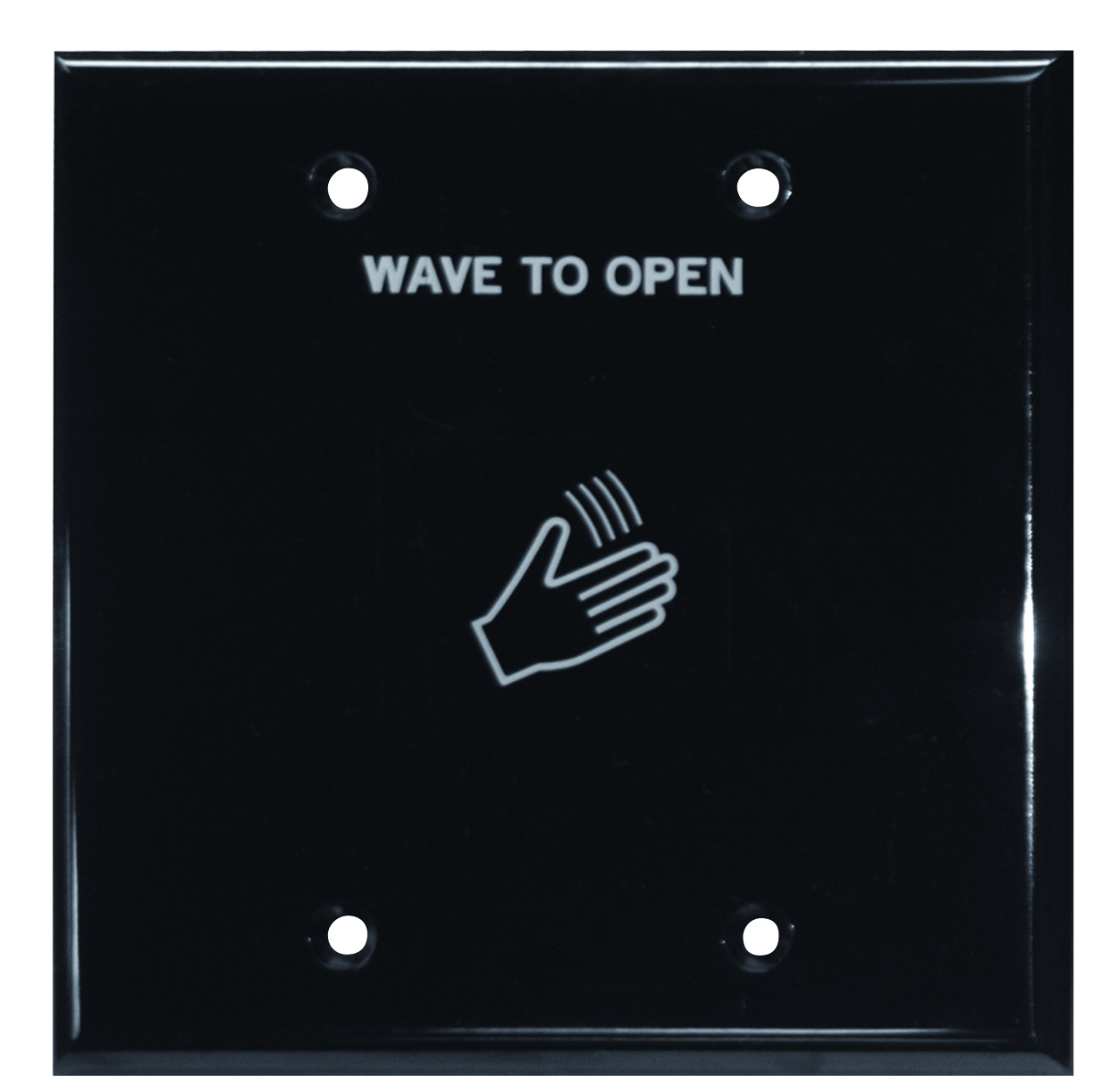 This webinar was presented on July 21st, 2020 – click here to view the recording.
This webinar was presented on July 21st, 2020 – click here to view the recording.
With the increased focus on how to limit the spread of germs, many facility managers are considering their options for touchless operation of doors. Changes may include installing automatic operators, updating actuators and access control readers, or adding new door pulls or lever modifications. As always, it’s critical to ensure that egress, fire protection, and accessibility are not overlooked. Although the current model codes do not include specific requirements for touchless hardware applications, there are many sections of the codes and standards that impact the selection and installation of these products. This webinar will cover code requirements related to automatic operators and contactless access control, as well as accessibility considerations for new hands-free door pull designs. There will be time for Q&A at the end of the webinar.
Note: The live version of this webinar offered continuing education credits for AIA. The recording is not eligible for AIA credits, but does offer CEUs for DHI and ICC.
After the webinar, the recording will be available here but will not be eligible for continuing education credits where provider reporting is required.
Additional Resources
- Webinar 4 Slides Handout
- Webinar 4 Questions & Answers
- Decoded: Touchless Solutions for Healthy Environments
- Allegion Touchless Access Solutions
- QQ: Antimicrobial Coating
- Coronavirus: The Science Explained – UKRI
- NFPA: Fire and Life Safety Insights for Reopening Buildings
- LCN Fire/Life Safety Closers/Holders
- Allegion Code Reference Guide
- BHMA Standards for Automatic Doors – A156.19 and A156.10
- Guide to the ADA Standards – Chapter 4
- QQ: Auto Operator Timing
- QQ: What is a power-assist operator?
- Decoded: Potential Automatic Operator Changes
- Decoded: Signage for Automatic Doors
- Decoded: New Requirements For Pedestrian Automatic Door Operators and Sensors
- Decoded: Actuators for Low-Energy Operators
- Decoded: Auto Operators – Stand-by Power
- List of Allegion Code Experts by State
~~~
Webinar 5 – Decoded: Delayed Egress and Controlled Egress Locking Systems
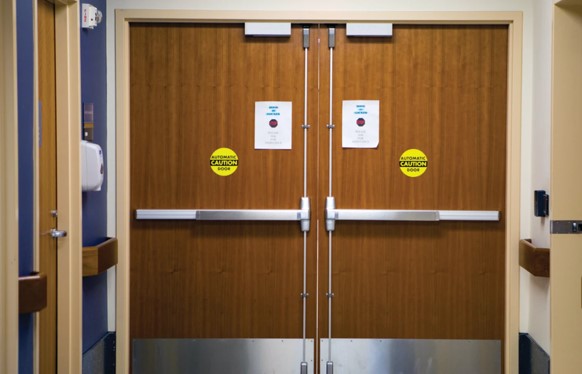 The possibility of elopement or theft often motivates the use of locking systems that deter passage through egress doors, but building, fire, and life safety code requirements must be met. While a delayed egress lock is allowed by code to delay egress for 15 seconds, a controlled egress system can prevent egress in some healthcare units indefinitely – until evacuation is necessary.
The possibility of elopement or theft often motivates the use of locking systems that deter passage through egress doors, but building, fire, and life safety code requirements must be met. While a delayed egress lock is allowed by code to delay egress for 15 seconds, a controlled egress system can prevent egress in some healthcare units indefinitely – until evacuation is necessary.
This webinar covers these two types of systems and the code requirements that apply to each. Learn when and where to use them, and the varying limitations of each of the model codes. Understanding these systems can help to ensure that the correct components are specified and installed, and that the system will be code-compliant.
This recorded master class offers 2 continuing education units for DHI.
Click here to view the recording.
Additional Resources
- Webinar 5 Slides Handout
- Video: Controlled Egress vs. Delayed Egress
- Decoded: Deterring Elopement in Healthcare Facilities
- Decoded: Model Code Changes for Delayed Egress Locking Systems
- Decoded: Delayed Egress vs. Controlled Egress
- WWYD? Mechanical Controlled Egress
- Murals in Healthcare Occupancies
~~~
Webinar 6 – Decoded: 2021 Model Code Update
This webinar was presented August 26, 2020 – click here to view the recording.
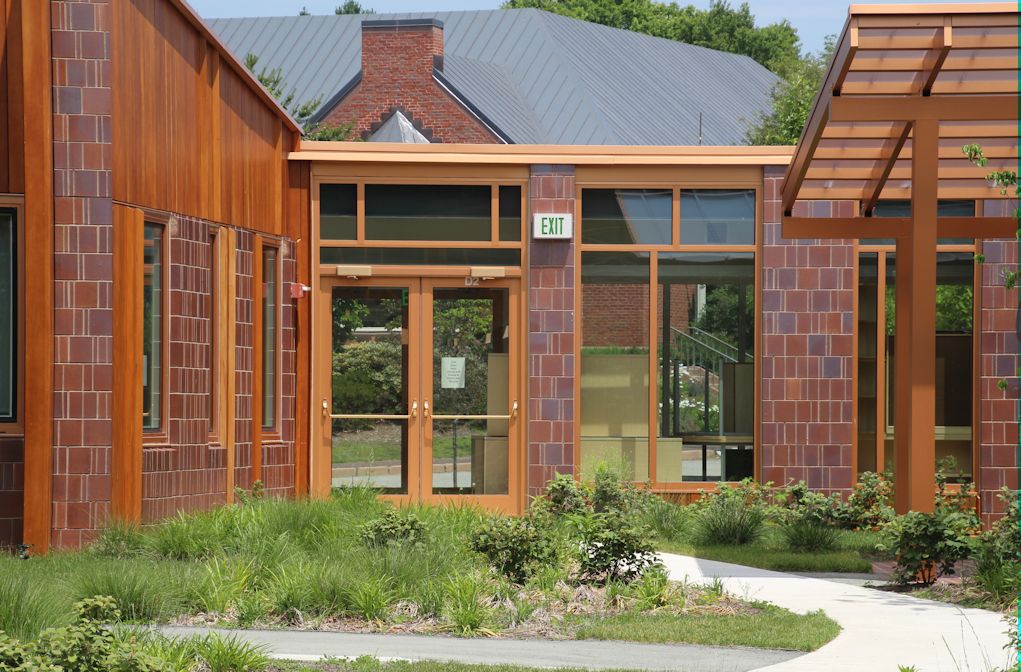 The International Building Code (IBC) has been adopted in most U.S. states, and NFPA 101 – Life Safety Code is enforced by many AHJs as well. Depending on where a project is located, various editions of these model codes—along with state modifications—may be used, and a new edition could be adopted at any time. Many important changes affecting doors and hardware have been introduced in the last few editions of the IBC and NFPA 101.
The International Building Code (IBC) has been adopted in most U.S. states, and NFPA 101 – Life Safety Code is enforced by many AHJs as well. Depending on where a project is located, various editions of these model codes—along with state modifications—may be used, and a new edition could be adopted at any time. Many important changes affecting doors and hardware have been introduced in the last few editions of the IBC and NFPA 101.
Familiarity with codes is crucial for anyone specifying, supplying, or installing doors and hardware, and mistakes can be costly. Learn what’s new, compare the changes from one edition to the next and get comfortable with the intent of each of the requirements. This session serves as an update on the requirements of the IBC and NFPA 101 regarding opening protectives and swinging doors in a means of egress. It covers door-related changes made in the 2018 and 2021 editions of the model codes.
Additional Resources
- Webinar 6 Slides Handout
- Webinar 6 Questions & Answers
- 2021 Model Code Update – What’s New?
- Decoded: Automatic Operators on Accessible Public Entrances
- Decoded: Extraneous Labels on Fire Door Assemblies
- Code Update: Terminated Stops on Fire Door Assemblies
- One Releasing Motion – BHMA A156.41
- Decoded: Two Releasing Motions for Egress
- Decoded: Opening Force vs. Operable Force
- Decoded: Egress From Exterior Spaces
- Code Update: Refrigeration Machinery Rooms
- WWYD? Mechanical Controlled Egress
- Decoded: Projections into the Clear Opening Height of Doors
- Maximum Door Width
- Decoded: Door & Gate Hardware for Swimming Pools
- Update: WWYD? Single-User Restrooms
- Double-Cylinder Deadbolts Revisited
~~~
Webinar 7 – Crash Course in Codes
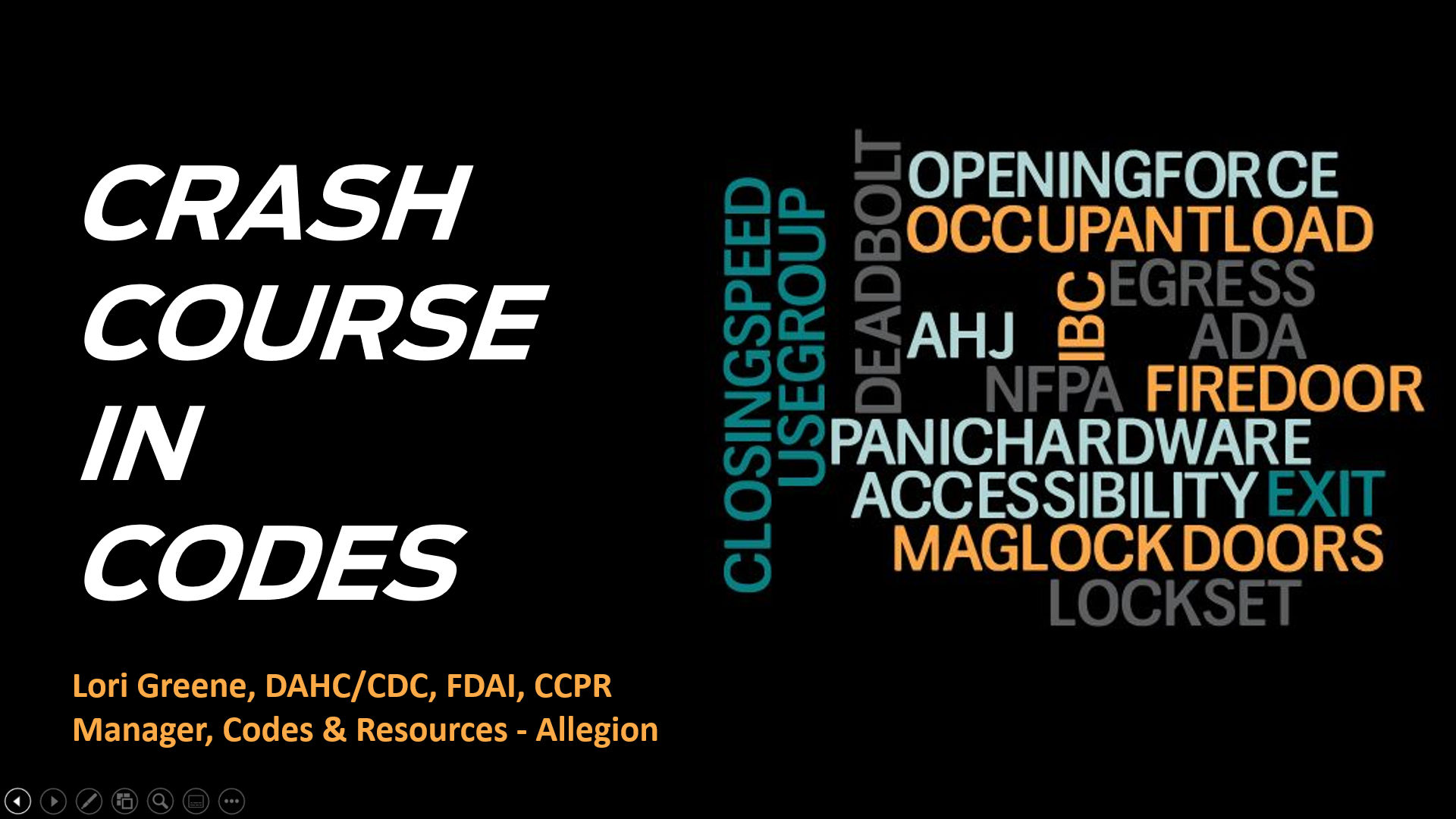 This presentation addresses some of the basics of code-compliant door openings – including requirements for egress, fire protection, and accessibility. The class was designed for locksmiths, installers, or others who are looking for a crash course on the most frequently-asked code questions. Can a fire door be modified in the field? How are existing holes in fire doors filled? Are deadbolts allowed in a means of egress? Where is panic hardware required? Some of the electrified hardware applications are covered as well. It’s a lot of information packed into 51 1/2 minutes. 🙂
This presentation addresses some of the basics of code-compliant door openings – including requirements for egress, fire protection, and accessibility. The class was designed for locksmiths, installers, or others who are looking for a crash course on the most frequently-asked code questions. Can a fire door be modified in the field? How are existing holes in fire doors filled? Are deadbolts allowed in a means of egress? Where is panic hardware required? Some of the electrified hardware applications are covered as well. It’s a lot of information packed into 51 1/2 minutes. 🙂
This recorded class offers 2 continuing education units for DHI.
Click here to view the recording.
For additional resources related to the topics covered in this class, visit iDigHardware.com/crashcourse.
